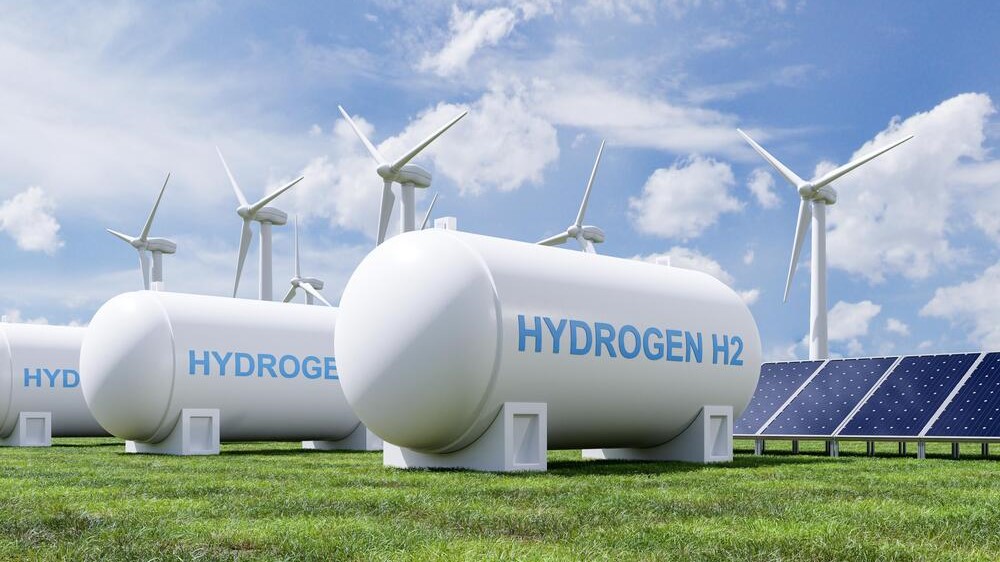ACME Group and Tata Steel collaborate on India’s largest green hydrogen project in Odisha’s Gopalpur Industrial Park. The Rs 27,000 crore initiative aims to establish a green ammonia facility.
In a significant partnership, ACME Group, a prominent renewable energy company, has joined forces with Tata Steel Special Economic Zone Ltd. (TSSEZL) to establish an expansive green hydrogen and green ammonia project within Odisha’s Gopalpur Industrial Park. This venture is poised to become the largest facility of its kind in India, marking a significant stride towards sustainable energy production.
The project is set to be situated at the Gopalpur Industrial Park (GIP) in Odisha, strategically chosen for its logistical advantages and existing infrastructure.
ACME Group has secured 343 acres of land within TSSEZL’s GIP to house the green hydrogen and derivatives unit, underlining their commitment to eco-friendly energy solutions.
The estimated investment for the entire project amounts to Rs 27,000 crore, to be invested in progressive phases, reflecting the strategic approach to development.
The project encompasses the establishment of a green ammonia production facility with a substantial capacity of nearly 1.3 MTPA (million tonnes per annum).
The green ammonia facility will rely on green hydrogen, produced through the electrolysis process utilizing renewable energy sources.
This facility’s location near the existing Gopalpur Port facilitates efficient export of the green ammonia to both western and eastern markets, leveraging the region’s connectivity.
Gopalpur Industrial Park (GIP) stands out as an attractive investment destination due to its “plug-and-play” infrastructure, enabling seamless and swift establishment of projects.
The utility corridor linking GIP with Gopalpur Port ensures efficient logistics and pipeline connectivity, streamlining the distribution process.
Green hydrogen represents a pivotal advancement in the hydrogen industry. Unlike the conventional “grey” hydrogen production, it is generated through electrolysis using renewable energy sources.
The conventional production methods, such as steam methane reforming (SMR) from natural gas, release significant amounts of CO2, contributing to climate change.
Green hydrogen’s definition lies in its clean production process, involving water electrolysis powered by renewable energy sources like solar and wind.
The collaborative project aims to provide “Make In India” green hydrogen and green ammonia to both domestic and international markets, promoting sustainable economic growth.
By tapping into the potential of green hydrogen and its derivatives, the venture sets a positive precedent for India’s transition towards greener energy alternatives.
Tags: Acme Group, Green Hydrogen, TaTa Steel



Recent Posts
FIMI and Deloitte Release Report on Cleaner Vehicle Adoption in Indian Mining Sector
NTPC Deploys Hydrogen Fuel Cell Buses in Leh, Marks India’s First Commercial Hydrogen Mobility Project
Provaris and K LINE Sign MOU to Advance Hydrogen Shipping Solutions
Mumbai Set to Launch Electric Hydrofoil Ferry Network with Candela P-12 Vessels
AVTL to Build Independent Ammonia Terminal at Pipavav Port
DNV Grants Approval in Principle for New Ammonia Bunkering Vessel Design
Proteus Launches Modular Hydrogen Fuel Cell System for Maritime Sector
Van Oord Unveils Boreas, World’s Largest and Most Sustainable Offshore Wind Installation Vessel